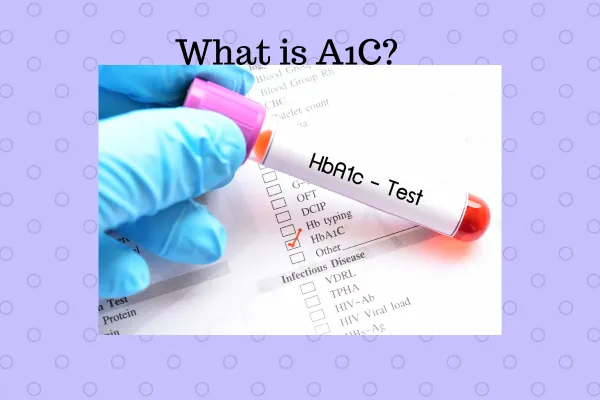
What is an A1C Test?
What is an A1C Test?
The A1C test—also known as hemoglobin A1C or HbA1c—is a vital blood test that shows your average blood sugar levels over the past two to three months. It’s a standard tool in both conventional and functional medicine for diagnosing and managing prediabetes and Type 2 diabetes. This guide breaks down what the A1C test measures, why it matters, and how different approaches interpret the results.
What Exactly Does A1C Measure?
Hemoglobin is a protein in red blood cells that carries oxygen. When sugar (glucose) circulates in your bloodstream, some of it sticks to the hemoglobin. The A1C test measures the percentage of hemoglobin that has glucose attached. Since red blood cells live about 120 days, the result gives you a long-term view of blood sugar control—not just a daily snapshot.
Why A1C Matters
Tracking your A1C level is crucial if you have diabetes or are at risk. It helps:
Show how well your current plan (medications, diet, exercise) is working
Guide decisions on treatment changes
Predict your risk for complications like nerve damage, kidney disease, and vision problems
How to Interpret A1C Results
A1C is reported as a percentage. Here's what your results typically mean:
Below 5.7% – Normal
5.7% to 6.4% – Prediabetes
6.5% or higher – Diabetes
Your healthcare provider may also convert your A1C to an estimated average glucose (eAG) level, which is easier to understand in terms of daily blood sugar numbers.
Example: An A1C of 6.5% roughly equals an eAG of 140 mg/dL.
The Functional Medicine View on A1C
Functional medicine looks beyond the numbers to understand why blood sugar may be high. It aims to optimize—not just normalize—A1C and prevent progression to diabetes.
Key Differences from Conventional Medicine:
Tighter A1C Targets: Functional practitioners often aim for A1C levels under 5.5% to promote long-term health and reduce inflammation.
Root Cause Focus: Instead of treating symptoms alone, the goal is to uncover causes like insulin resistance, inflammation, or hormone imbalance.
Personalized Nutrition & Lifestyle: Diet, movement, sleep, and stress are core strategies—not just medication.
Individualized Treatment: Every plan is tailored based on labs, genetics, lifestyle, and history.
Managing A1C: Functional vs. Conventional Approaches
While conventional care often focuses on medications (like metformin or insulin), functional medicine uses a systems-based approach.
Functional Strategies May Include:
Therapeutic Nutrition: Whole-foods, low-glycemic eating plans rich in fiber, protein, and healthy fats.
Targeted Supplements: Nutrients like magnesium, chromium, and alpha-lipoic acid may improve insulin sensitivity.*
Mind-Body Tools: Breathing exercises, meditation, and yoga to reduce cortisol and stabilize blood sugar.
Customized Fitness Plans: Strength training and aerobic activity are used to reverse insulin resistance.
*Always consult your provider before adding supplements.
Final Thoughts
The A1C test is a powerful tool for understanding your long-term blood sugar control. Whether you’re working with a conventional provider or a functional medicine practitioner, knowing your A1C gives you essential insight into your metabolic health. By adopting a comprehensive and personalized approach, you can go beyond blood sugar management and move toward true wellness.
References
American Diabetes Association. (2024). Understanding A1C. https://diabetes.org
Mayo Clinic. (2024). Hemoglobin A1C Test. https://mayoclinic.org
Bland, J. (2015). The Disease Delusion. HarperWave.
Mark Hyman, MD. (2021). The Blood Sugar Solution. Little, Brown and Company.
